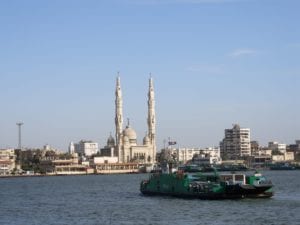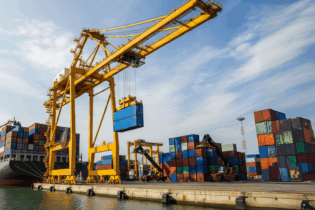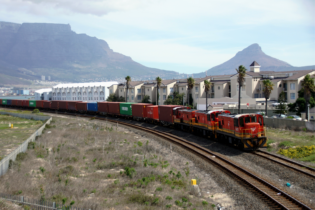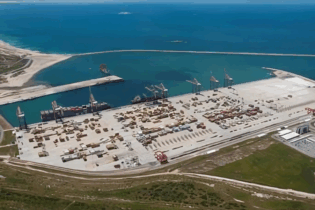What does Accenture see in the development of port infrastructure projects in Africa?
Developing economies accounted for 61% of all world sea-borne trade (all forms of cargo) from 2006 to 2013. For developed economies, this was 34 percent. Africa’s share of world sea-borne trade from 2006 to 2013 was 8.3%. The continent handles less than 1% of world container traffic. As world trade depends largely on containerized traffic, to make a case for large liner calls at African ports, port capacity, productivity and efficiency in African ports needs to improve. According to the World Bank, African ports have an infrastructure investment deficit of more than $60 billion.African ports need to invest in terminal infrastructure. In East Asia, where ports are more efficient than in West and Central Africa, the time spent in a port reaches 20 percent of the total transport time. In Africa, the time spent in port can reach more than 80% of the total transport time. To improve efficiencies, substantial investment is required in rubber-tired (RTG) and ship-to-shore gantry cranes.
Africa needs more intermodal freight transport and greater hinterland connectivity. Most countries in Africa are landlocked. If hinterland connectivity is improved through investment in road and rail infrastructure to Zambia, Zimbabwe, Congo, etc there is great opportunity to increase trade. Terminal capacity has to increase significantly. The biggest port in Africa, Port Said, can handle only 2.78 million TEUs (twenty-foot equivalent units), which creates severe congestion and restricts trade growth.







